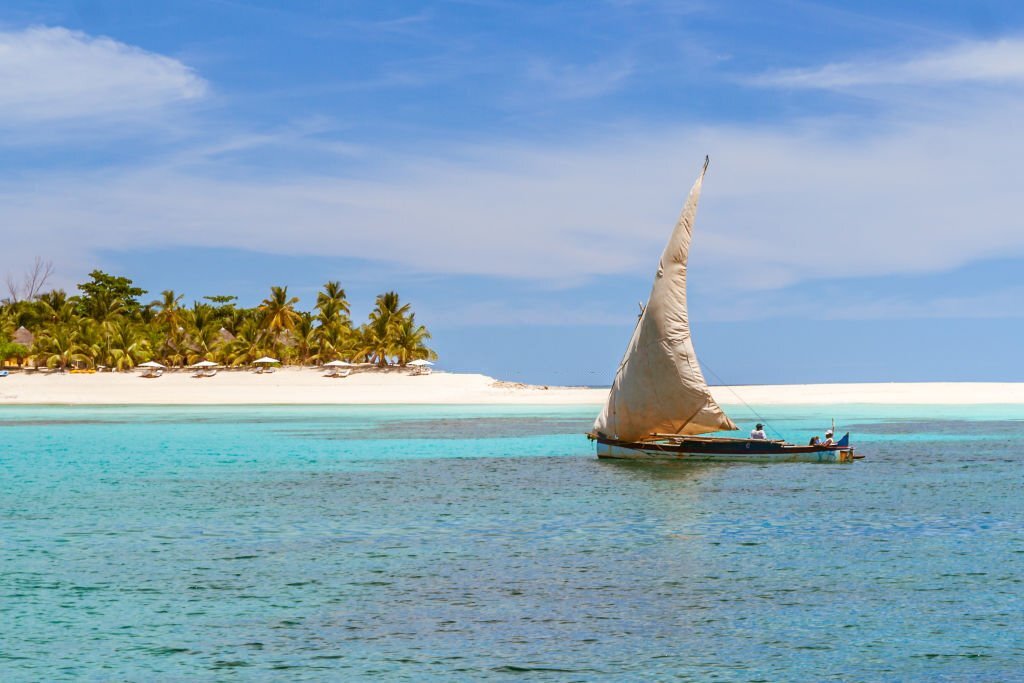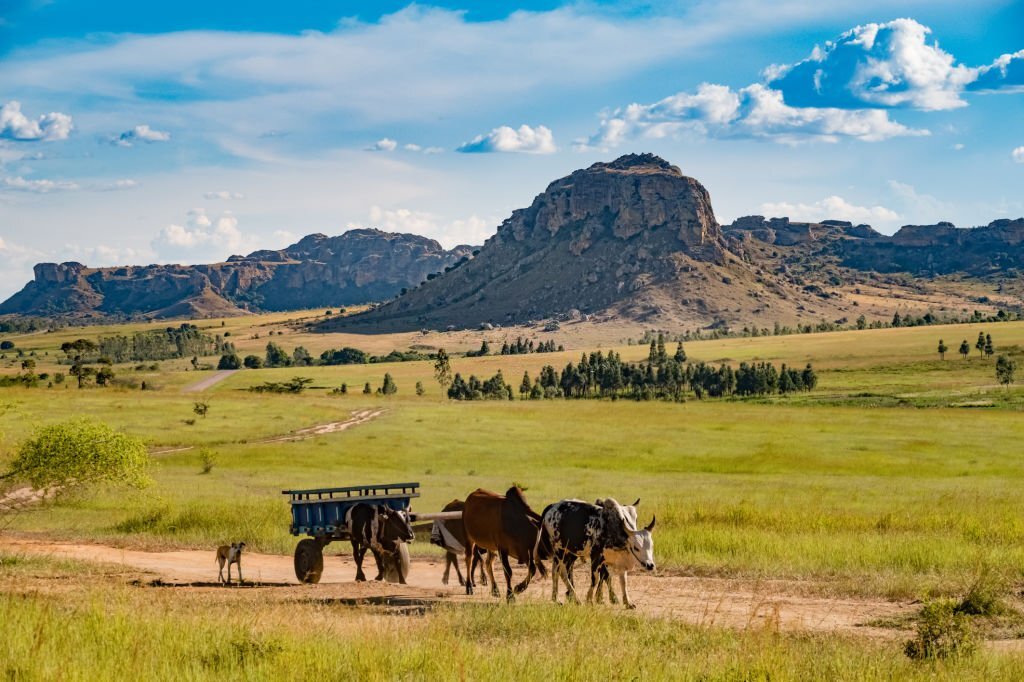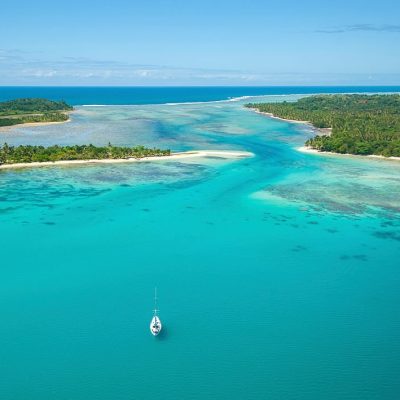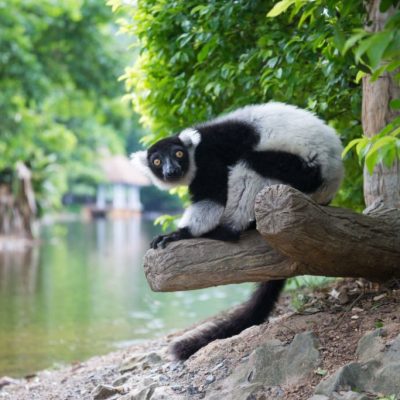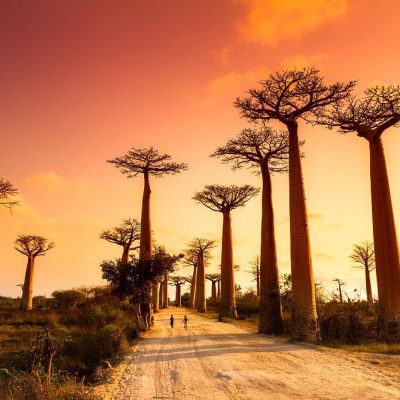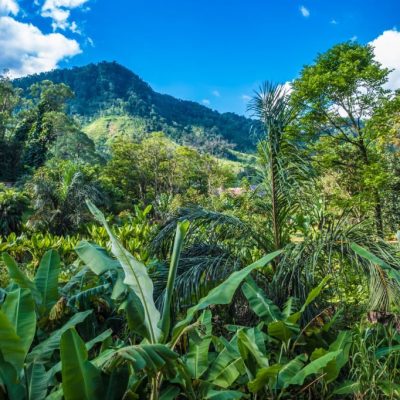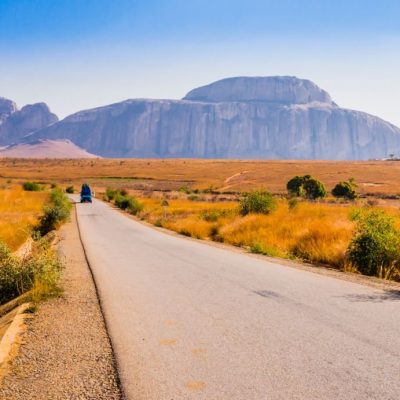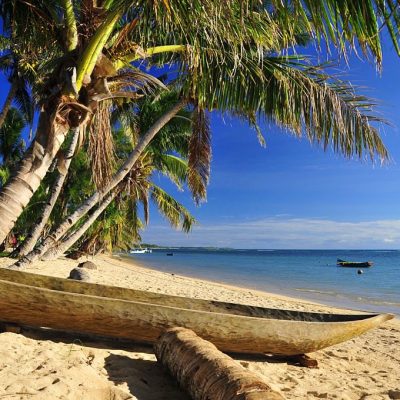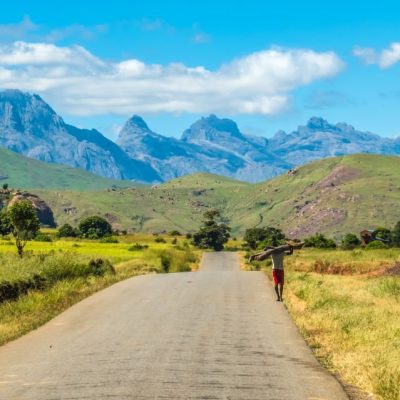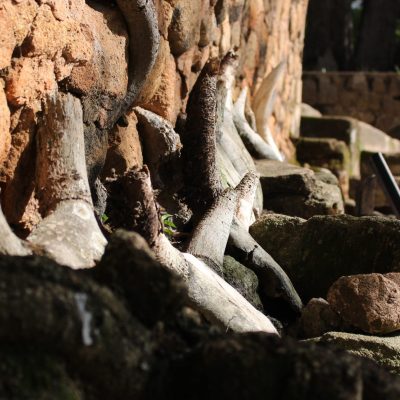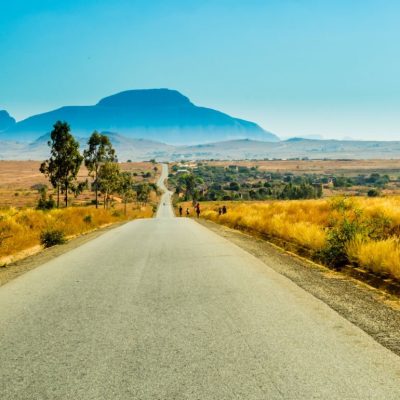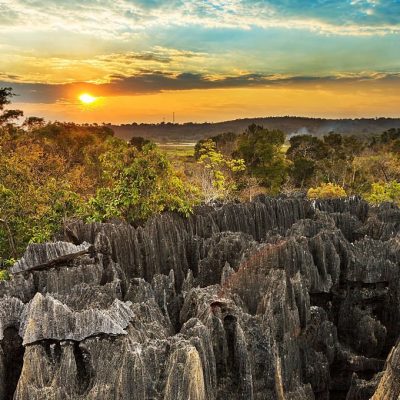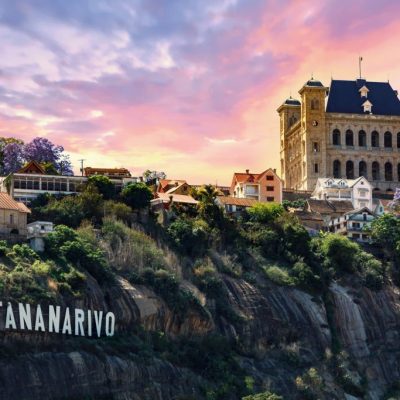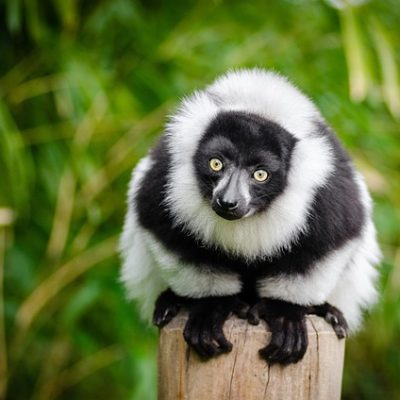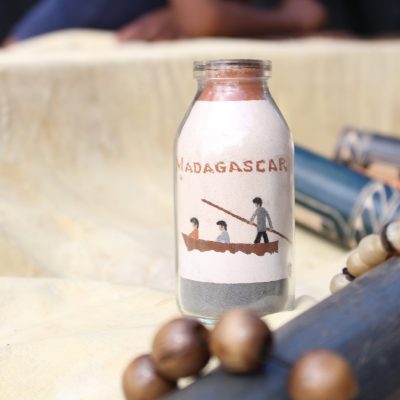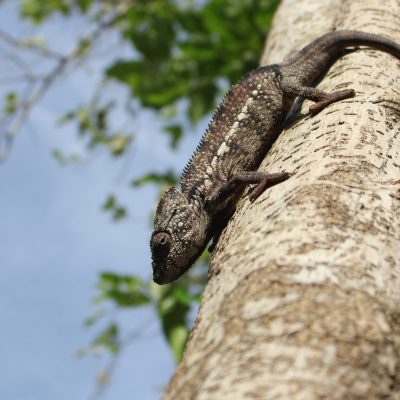Madagascar is known for its rich and endemic biodiversity.
Lemurs are the emblem of this biodiversity, and it is possible to admire these little primates as cute as they are curious in various areas of Madagascar, including private reserves, but also national parks spread throughout the territory of Madagascar. Discover the generalities of lemurs in Madagascar and find out where to find lemurs in Madagascar.
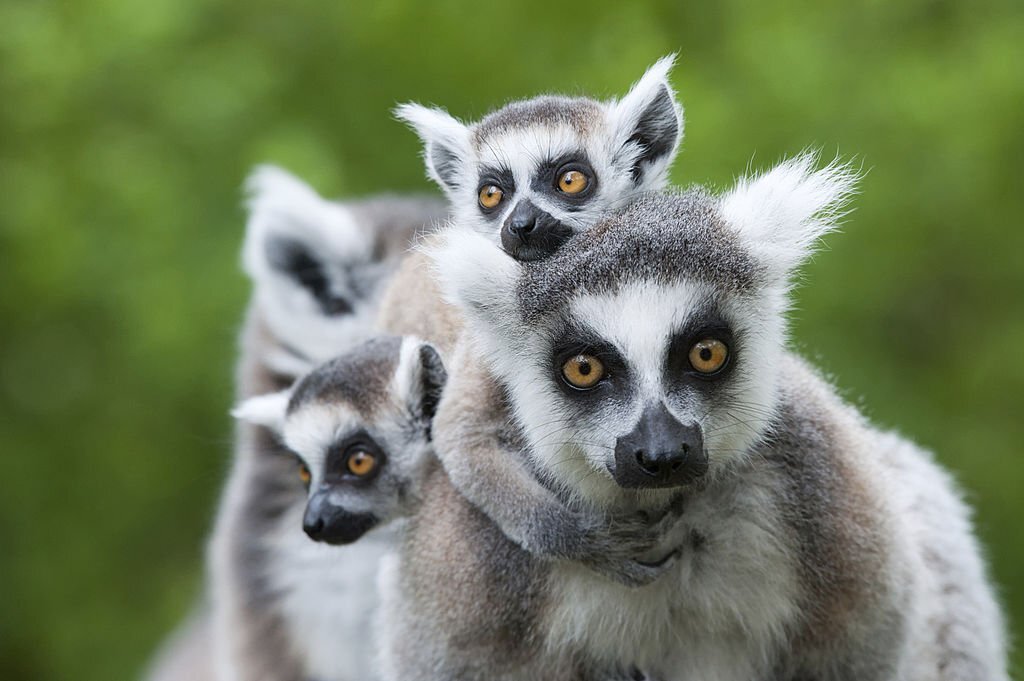
How many species of lemurs are there?
From the first traces of exploration of Madagascar, historians and naturalists who have set foot on the lands of the Big Island have reported the existence of strange animals populating its forests: lemurs.
Some explorers found themselves face to face with animals with eyes reflecting the light of torches and vocalizations reminiscent of whales. Screaming “Lemure, Lemure” (spirits of the dead in Ancient Rome), the latter would have unwittingly given their name to the most emblematic animals of the country: the lemurs of Madagascar. There are more than 130 species of lemurs, but nearly twenty of them are unfortunately already extinct, such as the Jully Pachylemur or the Archeoindris which weighed more than 200kg. A large part of the species still living freely in the Malagasy forests are also in danger of extinction, due in particular to deforestation, climate change and poaching. Among the most emblematic species of the large lemur family, we find the Indri indri, the Ring-tailed lemur, the Sifaka, the Bamboo lemur and the Microcebus.
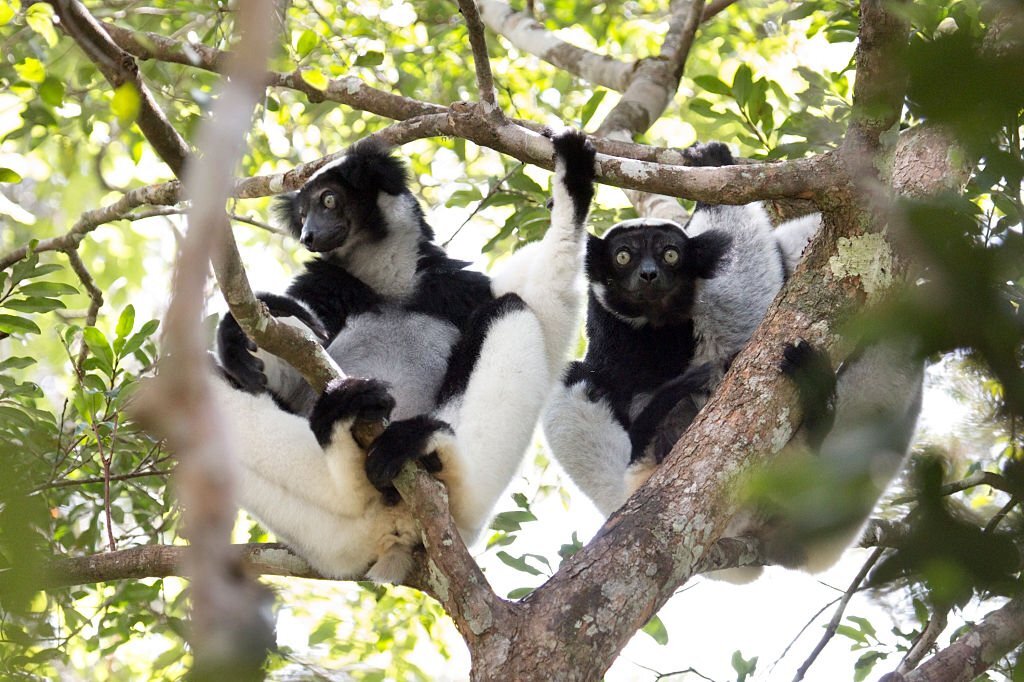
What do lemurs eat?
Lemur diet varies depending on species, geographic area and season.
Thus, certain species feed mainly on fruits, insects and small vertebrates. Others like the bamboo lemur are herbivorous, with a penchant for bamboo.
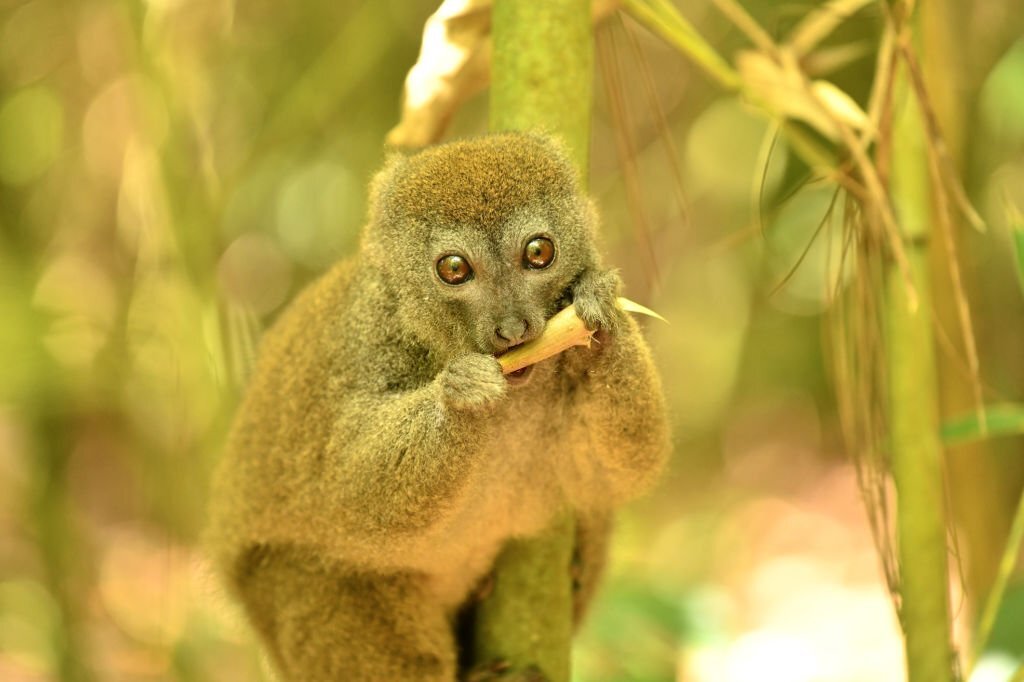
Where can you admire lemurs?
Lemurs constitute one of the key attractions of Madagascar’s natural heritage.
Despite the sharp reduction of their natural habitats due to human activities, there are still many areas where it is possible to find lemurs in Madagascar, in the wild. Between private reserves and national parks in Madagascar, lemurs are found in the four corners of the island.
- Around the capital Antananarivo
Lemur’s Park is the ideal address if you want to observe representatives of the lemur family up close.
Located 25 km from the capital, on the RN1, this private park offers a visit to discover various species of lemurs, most of which have been rescued from illicit trafficking. Finally, on national road 2, travelers can make a detour to Mandraka Park and Saha Maintsoanala Park for a short-guided tour to meet brown lemurs.
- In parks and protected areas
Various national parks and nature reserves are also home to representatives of the lemur family.
The Analamazaotra reserve, which is located in the east of Madagascar (hyperlink to Eastern circuit) in the commune of Andasibe on the national road RN2, is the first recommended destination if you wish to discover lemurs in their natural environment, including the largest lemur, the Indri Indri. Still on the east side of the Island, the Palmarium reserve is another key destination if you want to observe lemurs up close, including the famous Aye-Aye (hyperlink to Eastern circuit). This lemur with a rather atypical profile is an essentially nocturnal and insectivorous mammal. It uses a thin, long middle finger to extract insect larvae from tree trunks. Due to its bad reputation among the local population, the Aye-Aye is one of the most vulnerable lemur species in the country. In the great east is also Lake Alaotra, the natural habitat of a lemur endemic to the region, the Hapalemur Alaotrensis.

Let’s head south (hyperlink to the south) now, passing through Fianarantsoa and Ranomafana National Park (hyperlink to FCE southeast circuit).
Around twenty species of lemurs can be discovered in this park, including the Hapalemur Bamboo, a lemur which feeds exclusively on bamboo containing cyanide. Finally, the Anja nature reserves (hyperlink to southern circuit), that of Berenty and the national parks of Isalo and Zombitse are other addresses in the south of Madagascar where you can observe several hundred lemurs, including ring-tailed Lemurs or Sifakas.
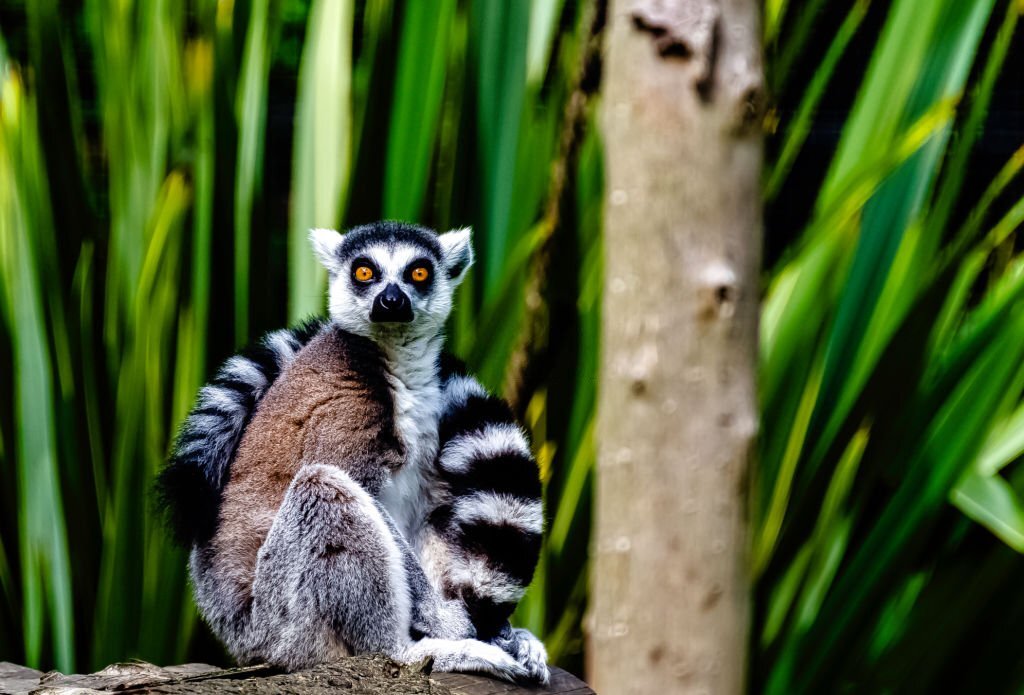
In the West (hyperlink to western circuit), the Kirindy forest reserve as well as the national parks of Kirindy Mitea and Tsingy du Bemaraha (hyperlink to western circuit) constitute high places for observing lemurs, including Sifakas and brown lemurs.
Finally, the north and northwest axis of the country also has its own circuit to discover lemurs.
The Loky-Manambato nature reserve, in the Sava region, is home to the most endangered species of lemur, the golden-crowned sifaka. Then, nature enthusiasts can continue their journey to the Ankarafantsika National Park. The park is home to several species of lemurs, including mouse lemurs, brown lemurs and Coquerel’s Sifaka.

3- In the adjoining islands
Finally, you can see lemurs in islands such as Nosy-Be (hyperlink to Nosy Be circuit), in the north of Madagascar.
In the Lokobe special reserve, you will have the pleasure of discovering the Eulemur Macaco and the Lepilémur, as well as other representatives of the endemic fauna of the island. The neighboring island of Nosy Komba (hyperlink to Nosy Be circuit) is also home to several individuals of the lemur family. This is the area with the highest population of lemurs in all of Madagascar, the latter having become accustomed to the presence of humans and do not hesitate to venture into the villages of the island.

Lemurs in pop culture
The lemurs of Madagascar were able to benefit from a major spotlight thanks to the animated film saga Madagascar, a film signed Dreamworks.
These movies gave way to the series The Penguins of Madagascar, where we find the adventures of the four penguins of Madagascar in the New York Zoo, in the company of three lemurs: King Julian (Lemur Catta), Morty (Microcébus) and Maurice. Another animated television series called King Julian! The Chosen One of the Lemurs (65 episodes, broadcast between 2014 and 2017 on Netflix, Guili and Canal J) offers an atypical adventure centered on King Julian and his two acolytes who return to Madagascar.

More recently, it is the turn of the legendary Japanese video game franchise Pokémon to welcome lemurs into its bestiary.
Thus, Pokémon trainers playing the games Sun-Moon, Ultra-Sun, Ultra-Moon, Sword and Shield, Violet and Scarlet can discover Quatermak. This Pokémon is greatly inspired by the Lemur Catta, and is of the fighting type. Finally, Grafaiai (poison/normal) is the new Pokémon, inspired by the Lemur Catta, which enters the ninth generation in Pokémon Violet and Scarlet.


